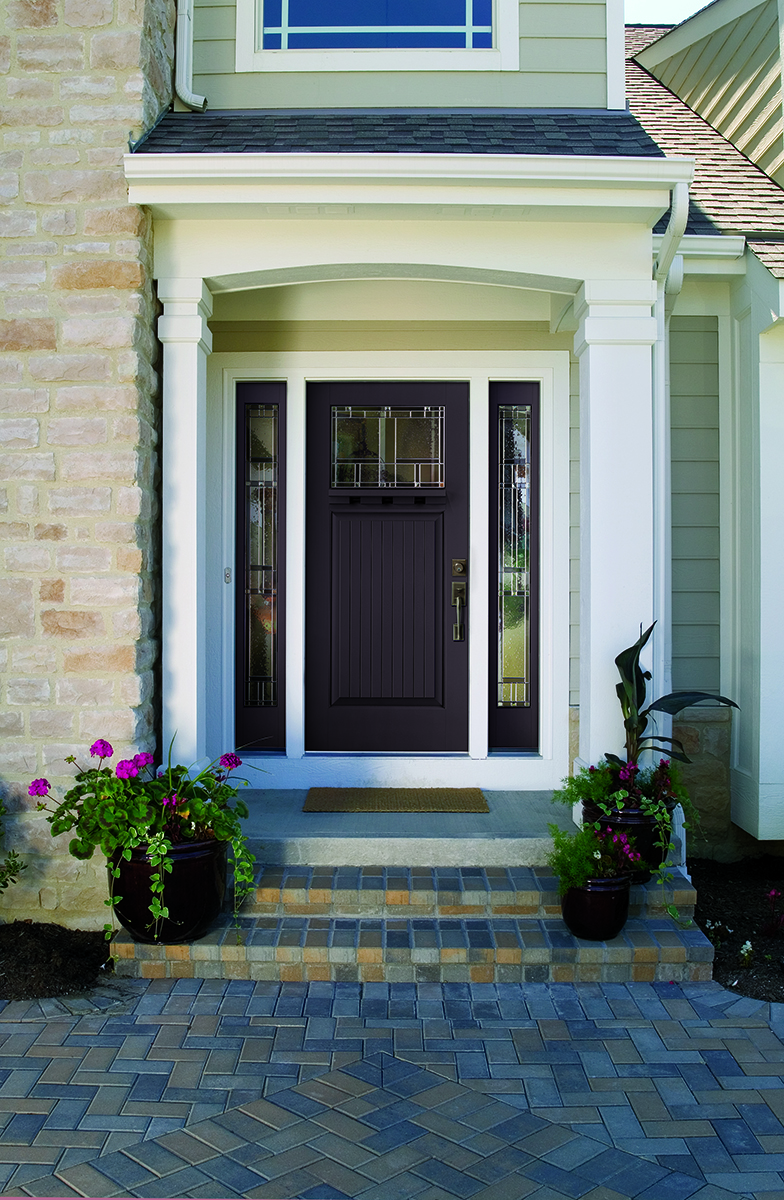

It will likely become the most expensive house in London. When the refurbishment is complete, Witanhurst will have about ninety thousand square feet of interior space, making it the second-largest mansion in the city, after Buckingham Palace. Earlier this year, the owners also sought planning permission to extend an underground “servants’ passage.” In late 2013, the local council approved plans for a second basement, beneath the gatehouse, which will connect that building to both the main house and the Orangery. This basement, which is connected to the Orangery, includes a seventy-foot-long swimming pool, a cinema with a mezzanine, massage rooms, a sauna, a gym, staff quarters, and parking spaces for twenty-five cars. Since then, Witanhurst’s old service wing has been demolished and replaced with the so-called Orangery-a three-story Georgian villa designed for “everyday family accommodation.” And beneath the forecourt, in front of the main house, the new owners have built what amounts to an underground village-a basement of more than forty thousand square feet. In June, 2010, the local council approved plans to redevelop the house and five and a half acres of grounds, maintaining Witanhurst as a “family home.” It was the culmination of a long battle with other Highgate residents, who did not welcome such an ambitious project. No further information about the buyers was forthcoming. A few weeks later, Witanhurst was sold for fifty million pounds, to a shell company named Safran Holdings Limited, registered in the British Virgin Islands. The scale of the building lent it a vestigial grandeur, but it felt desolate and Ozymandian.
#Chief architect home designer pro 2014 cracked
The interiors were ravaged: water had leaked through holes in the roof, and, upstairs, the brittle floorboards cracked under our footsteps. There had been no parties there for half a century, and the house had not been occupied regularly since the seventies.

In May, 2008, I toured Witanhurst with a real-estate agent. For decades, parties at Witanhurst attracted potentates and royals-including, in 1951, Elizabeth, the future Queen. First owned by Arthur Crosfield, an English soap magnate, the mansion was designed in the Queen Anne style and contained twenty-five bedrooms, a seventy-foot-long ballroom, and a glass rotunda the views from its gardens, over Hampstead Heath and across the capital, were among the loveliest in London.

Witanhurst, London’s largest private house, was built between 19 on an eleven-acre plot in Highgate, a wealthy hilltop neighborhood north of the city center. The house’s owners have built a vast basement that amounts to an underground village.


 0 kommentar(er)
0 kommentar(er)
